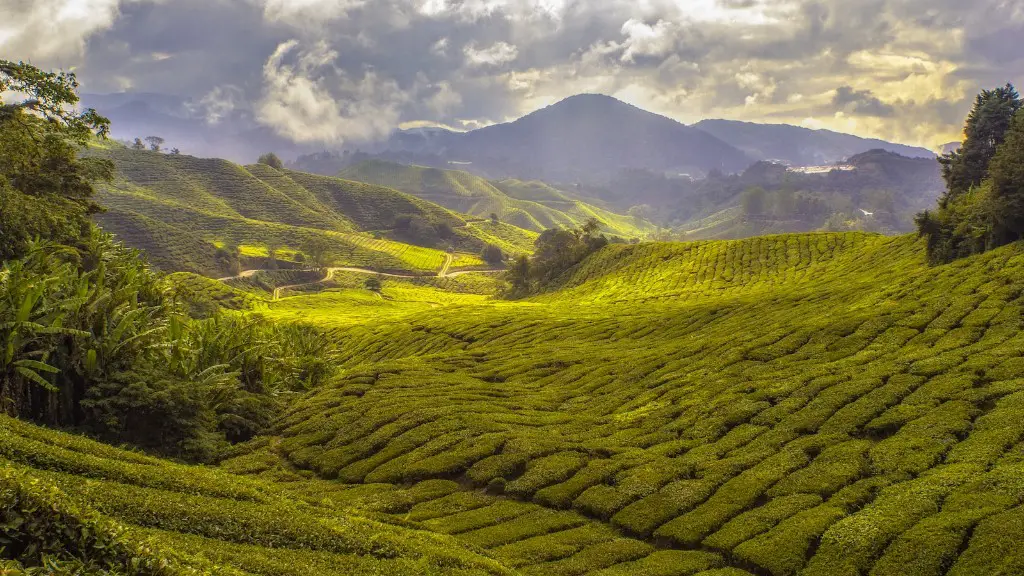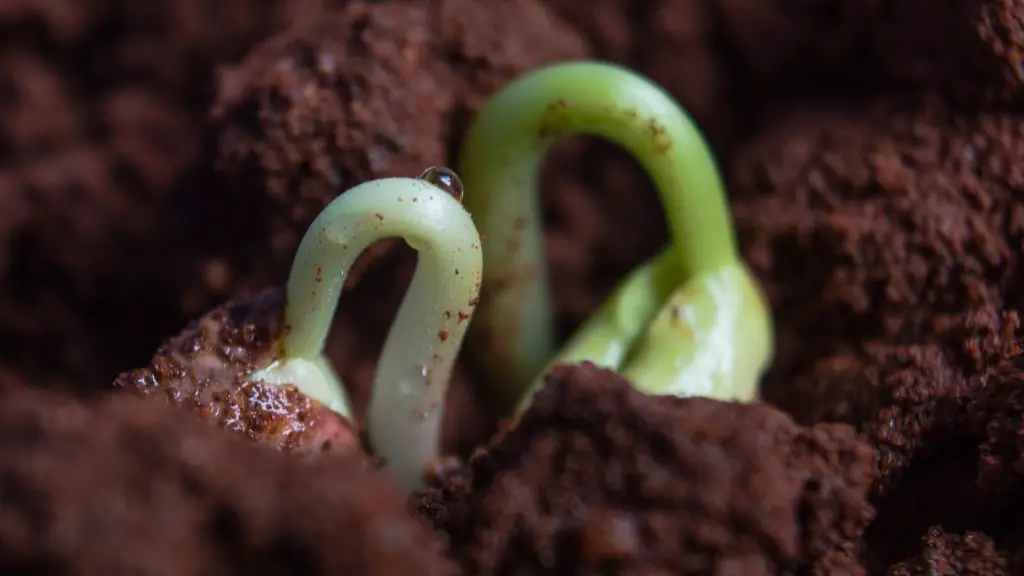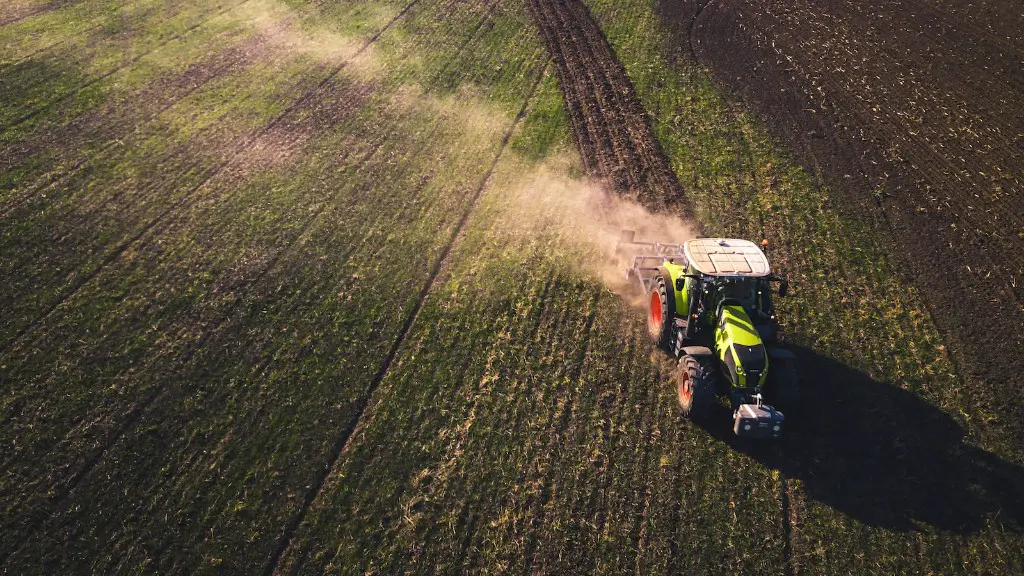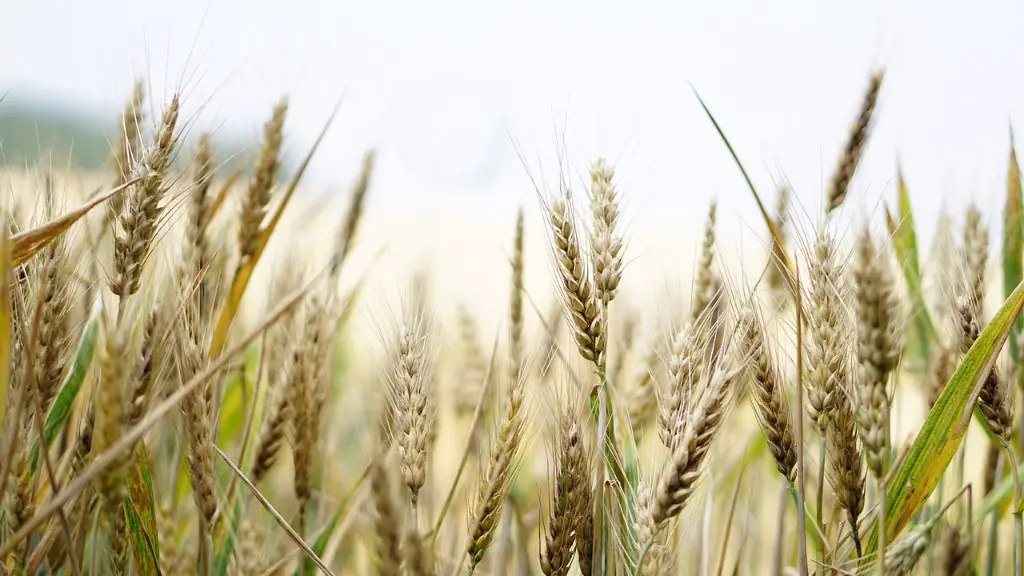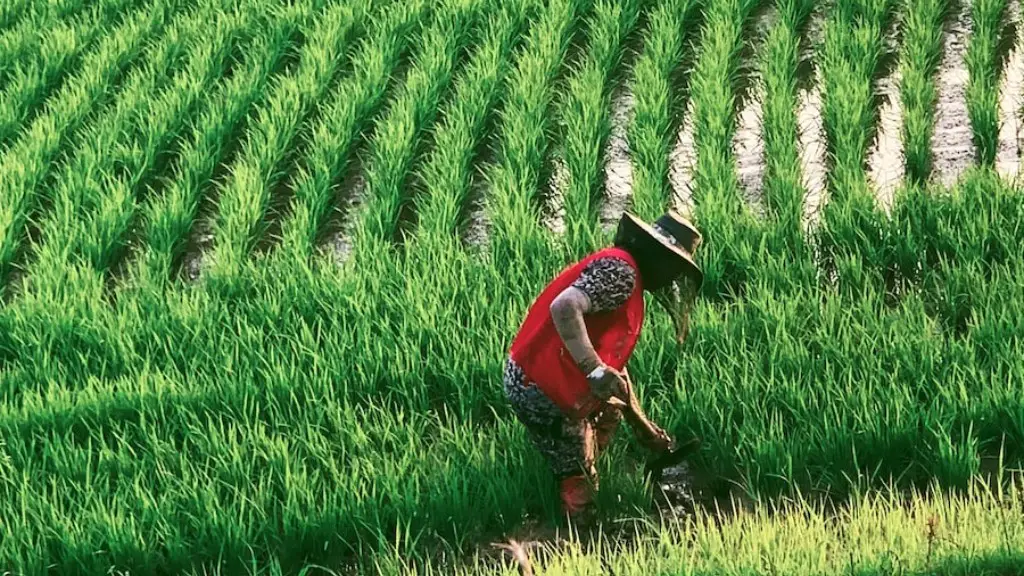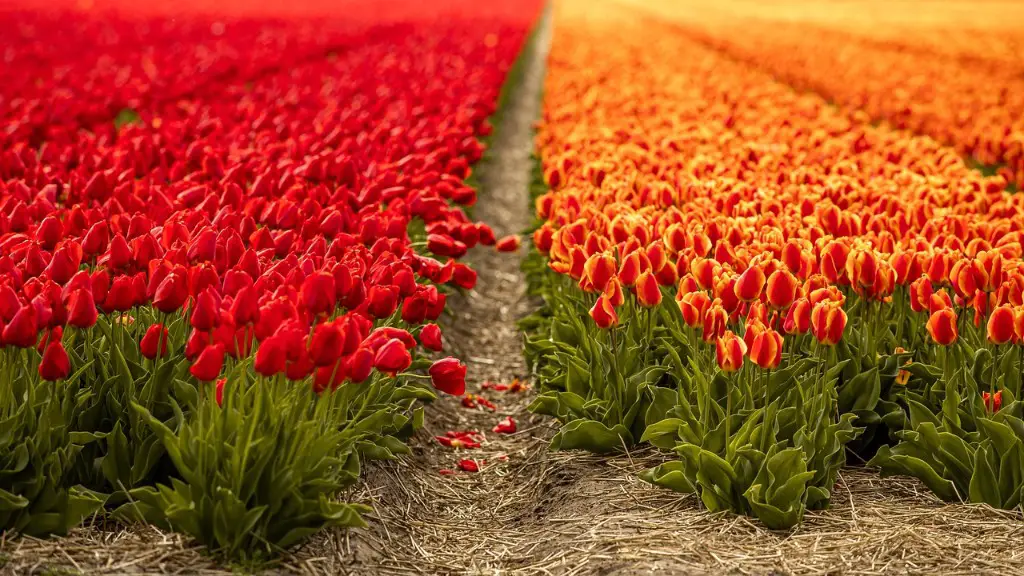Agriculture is the practice of cultivating plants, animals and other resources for use and sale.A nursery bed is an important part of this process, as it largely dictates the success of future agricultural development.Nursery beds are unique areas of land, typically within a larger agricultural area, that are devoted to the growing and cultivation of certain plants or crops.The nursery bed serves as a form of storage for seedlings that can then be transferred to other parts of the farm for permanent location and growth.
A nursery bed can be a designated area or simply an area within the existing land that is separated from the rest of the farm.The land must first be prepared and amended, either by hand or with the use of machinery, to meet the desired pH balance and fertility levels.The soil in a nursery bed must be consistently monitored throughout the growing season, as even minor changes in the soil’s quality and fertility can affect the overall growth and yield of the seedlings.
The nursery bed is a great place to begin the growing process, as it provides a controlled environment that is free of pests and disease.The perfect soil mixture is key to the successful germination and growth of the seedlings, and it is important to ensure that the land is free of weeds, rocks and other debris.The nursery bed should also be well ventilated in order to prevent the growth of mildew or fungus, and it is important to maintain the proper soil temperature in order to maximize the yield of the seedlings.
Once the nursery bed has been prepared, the seedlings can be planted, either by hand or with the use of machinery.Subsequent care includes regular watering and fertilizing as needed, as well as providing adequate sunlight and shade.Once the seedlings are strong and mature enough, they can then be transferred to the rest of the farmland for permanent location and growth.
Overall, nursery beds are an important part of the agricultural process, as they provide the necessary environment for preliminary growth of the desired crops.From the seed selection process to the final transfer of the seedlings, it is essential to maintain a safe, productive and pest-free environment that can help ensure the success of the future agricultural development.
Nursery Beds and Environmental Management
Larger agricultural sites often have designated areas known as ‘nursery beds’, which have specific management plans that control their use and upkeep. These are invaluable tools for the effective and sustainable management of the environment, and invasive species are kept at bay with proper management.
Nursery beds should be located in areas that provide optimum conditions for the seedlings to thrive in, such as those with great access to water, sunlight and soil nutrients. This can be achieved by using cover crops and integrated pest management techniques to ensure the optimal growth of desired crops.
A key element of effective nurseries is the maintenance of healthy soil. This requires the addition of organic matter, soil amendments and the maintenance of good pH levels. Regular water testing and the implementation of correct irrigation techniques can also help avoid losses in soil fertility or moisture.
Nursery beds also require routine monitoring for pests and weeds. These should be removed regularly in order to reduce the spread of disease or pests to other areas of the farm. In addition, the nursery beds should be regularly watered and fertilized to ensure proper rates of growth in the seedlings.
The use of nursery beds can be a great way to protect the soils from compaction and erosion, as well as to provide a safe environment for seedlings to successfully grow. This can result in improved yields and the successful management of the environment.
Types of Nursery Beds
There are two main types of nursery beds, one being a raised bed and the other being an in-ground nursery bed. Raised beds are ideal for small-scale nursery operations due to their easy assembly, cost effectiveness and quick setup time. They are typically constructed with wood or metal boards and filled with soil, which is essential for the successful growth of the seedlings.
In-ground nursery beds are more commonly used in large-scale operations and require more intensive work in preparing the soil. They provide better drainage, soil aeration and increased water retention,all of which are essential for increasing crop yields. They also require additional equipment and labor, as well as stringent soil preparation, quality testing and site maintenance.
Both types of nursery beds offer distinct advantages to growers and often come with a range of features that can help to optimize their performance. Using the right types for a particular situation is key to ensuring maximum yield and profitability for agricultural operations.
Advantages of Nursery Beds
Nursery beds are invaluable tools in modern agricultural and horticultural operations, and they are particularly beneficial when it comes to crop production. Firstly, they provide ideal conditions for seedlings to thrive in and help to minimize losses in nutrient levels and moisture retention. Secondly, they offer a protective environment that is free from pests, weeds and other threats.
Nursery beds also allow seedlings to reach maturity quicker than those in an open field and require less labor and resources when compared to other systems of cultivation. This enables growers to save time and money, as well as maximize their crop yields.
Nursery beds can also provide a great opportunity for crop rotation and the planning of new planting strategies. They are ideal for experimenting with new techniques, varieties and management regimes, and can serve as a great learning platform for small-scale horticultural operations.
In addition, nursery beds are important tools for the protection of soils from compaction and erosion. By using the right types of nursery beds and the proper management practices, growers can ensure productivity is maintained for many years to come.
Seed Selection for Nursery Beds
Effective nursery bed management comes down to choosing the right type of seeds and utilizing the right procedures. Growers must be judicious when selecting their seeds, as the wrong ones can lead to losses in yields and revenue. When shopping for seedlings, they should ensure they are high quality, disease-resistant and suited to the growing conditions.
It is also important to monitor the maturity of the seedlings before planting them. Too young seedlings can lead to plants with immature root systems, while older seedlings may not survive the transition to the main farm.
The seedlings should also be planted in a staggered pattern to maximize their yields, and adequate spacing must be maintained between the plants. This will enable the plants to get adequate sunlight and fair access to the soil and water.
It is also important to select the right soil for the nursery bed, as this often dictates the success or failure of the seedlings. The ideal soil should be light, loamy and well-draining, and it should have a neutral pH and plenty of organic matter.
Using the right methods and procedures when it comes to selecting, managing and maintaining seedlings can help ensure the success of agricultural operations. Nursery beds are important tools in this process and growers must ensure they are properly prepared and managed in order to maximize their yields.
Fertilization and Irrigation of Nursery Beds
Fertilization and irrigation are two important aspects to consider when it comes to the successful growth of seedlings in nursery beds. These two processes are linked together, as proper fertilization often requires additional water, and proper irrigation often requires additional fertilizer.
Fertilizers should be added to nursery beds in order to supplement the soil with essential nutrients that may be lacking, while irrigation should be conducted in order to ensure the soil is not allowed to dry out. This can help prevent wilting and nutrient deficiencies in the seedlings, which can have a huge impact on their productivity and yields.
Adequate water and nutrients are essential for the robust and abundant growth of seedlings, and it is important to choose the right fertilizers and irrigation systems in order to ensure this. Certain fertilizers may be more beneficial to the plants depending on their growth stage, while certain irrigation systems may be more efficient than others.
Fertilizers and irrigation systems should also be carefully monitored and adjusted as needed. Overfertilizing and overwatering can both have detrimental effects on the plants, leading to losses in yields and potential contamination of nearby waters, so it is important to ensure that the proper rates are maintained.
Nursery beds require both fertilization and irrigation in order to successfully promote the growth of the seedlings, and selecting the right combination for a particular situation is key. Growers should take their time when selecting a fertilizer and irrigation system, as this can largely dictate the success or failure of the crop.
